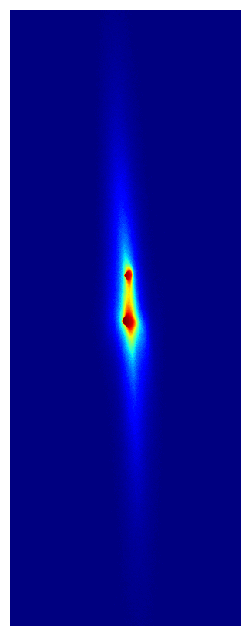University of Wisconsin–Madison physicists have made one of the highest performance atomic clocks ever, they announced Feb. 16 in the journal Nature.
Their instrument, known as an optical lattice atomic clock, can measure differences in time to a precision equivalent to losing just one second every 300 billion years and is the first example of a “multiplexed” optical clock, where six separate clocks can exist in the same environment. Its design allows the team to test ways to search for gravitational waves, attempt to detect dark matter, and discover new physics with clocks.

“Optical lattice clocks are already the best clocks in the world, and here we get this level of performance that no one has seen before,” says Shimon Kolkowitz, a UW–Madison physics professor and senior author of the study. “We’re working to both improve their performance and to develop emerging applications that are enabled by this improved performance.”
Atomic clocks are so precise because they take advantage of a fundamental property of atoms: when an electron changes energy levels, it absorbs or emits light with a frequency that is identical for all atoms of a particular element. Optical atomic clocks keep time by using a laser that is tuned to precisely match this frequency, and they require some of the world’s most sophisticated lasers to keep accurate time.
By comparison, Kolkowitz’s group has “a relatively lousy laser,” he says, so they knew that any clock they built would not be the most accurate or precise on its own. But they also knew that many downstream applications of optical clocks will require portable, commercially available lasers like theirs. Designing a clock that could use average lasers would be a boon.